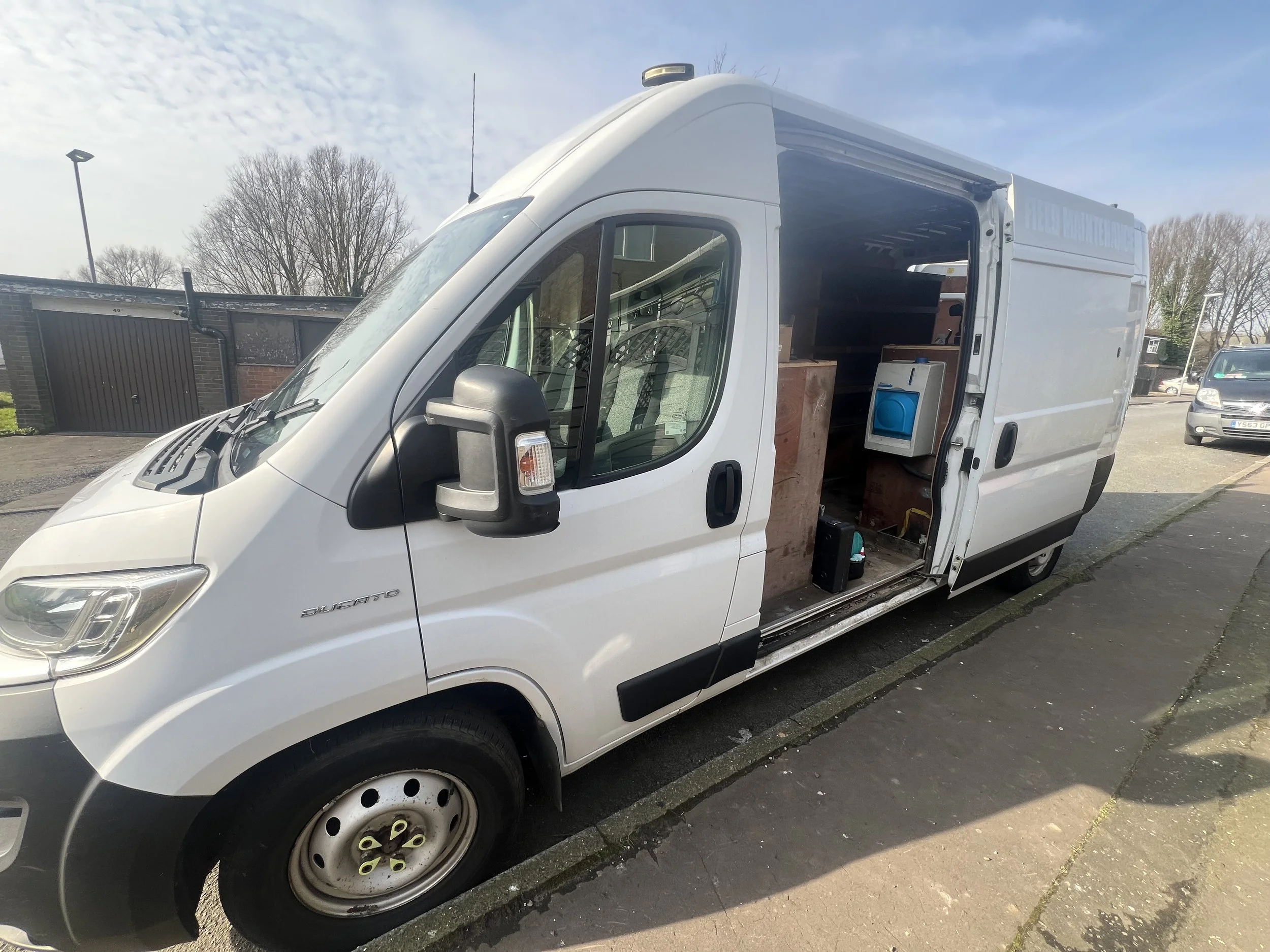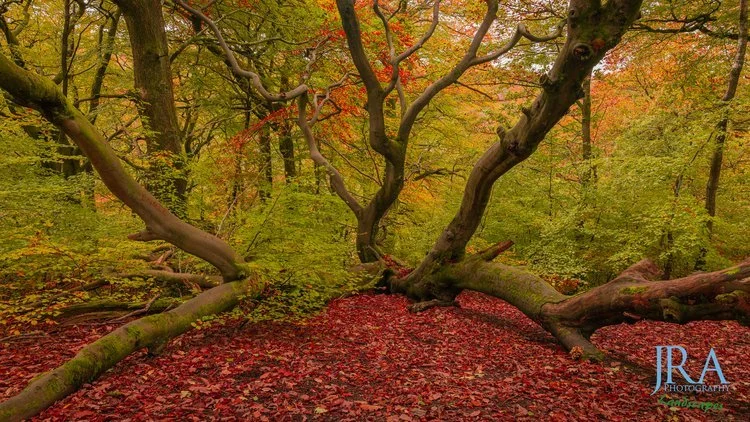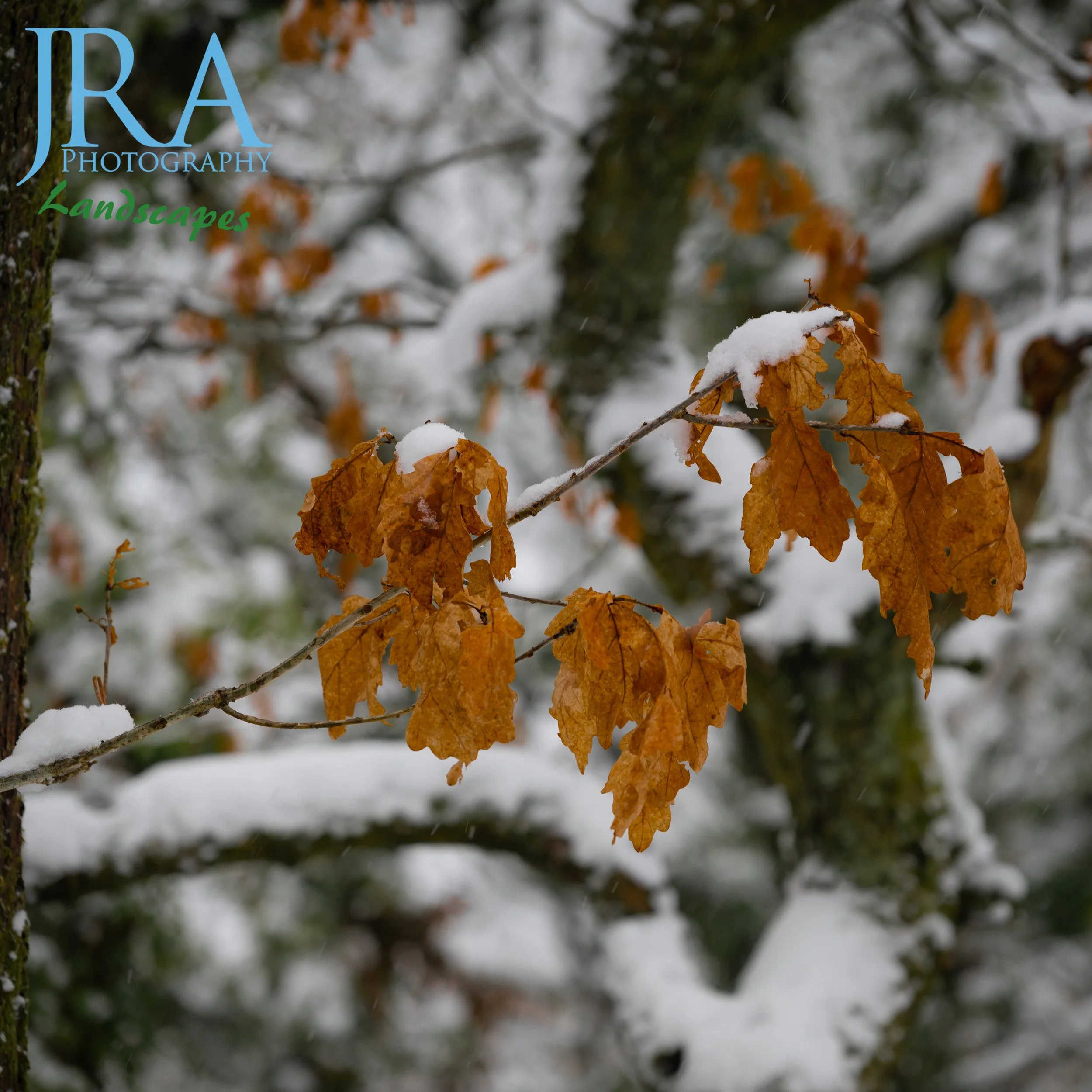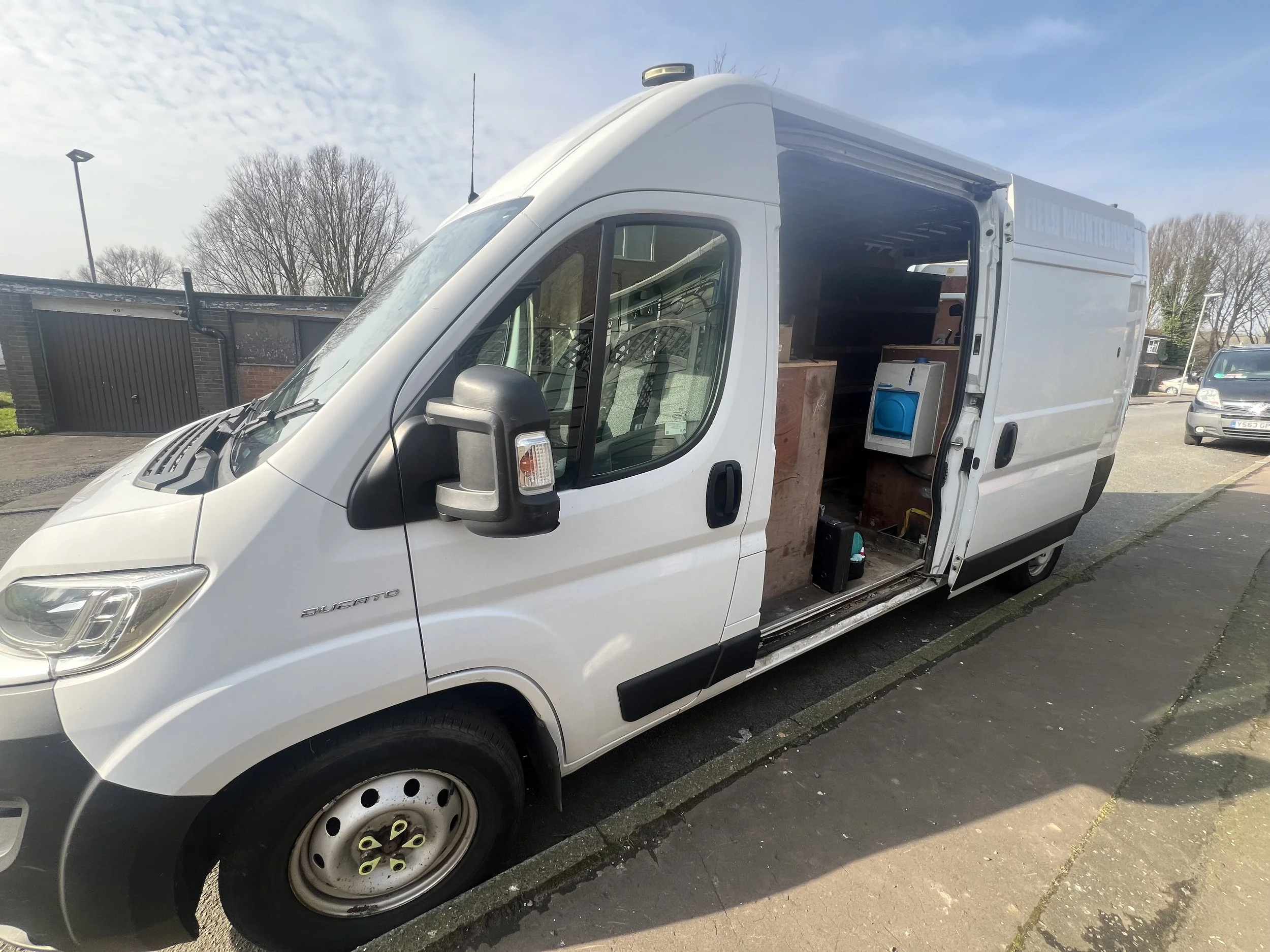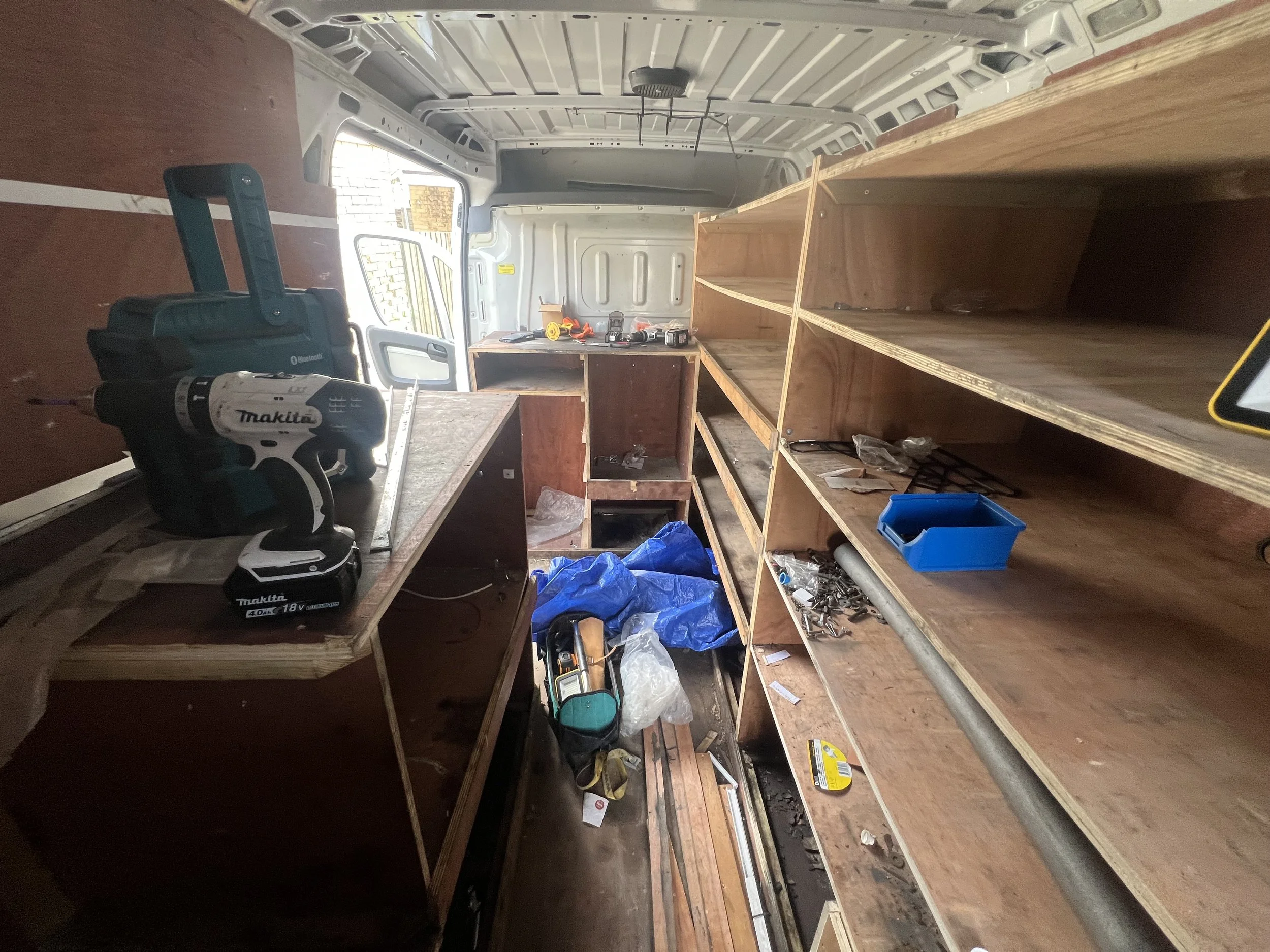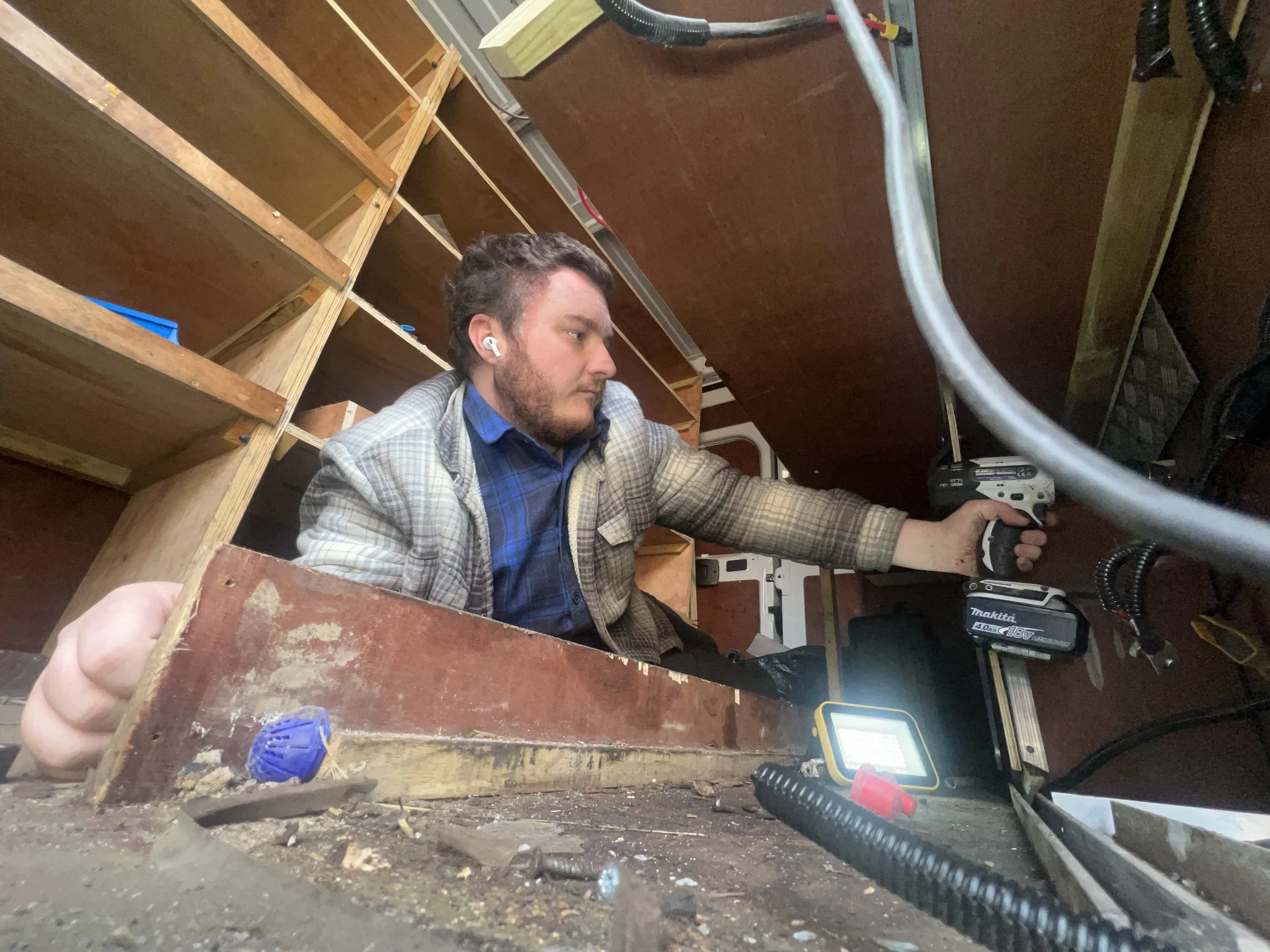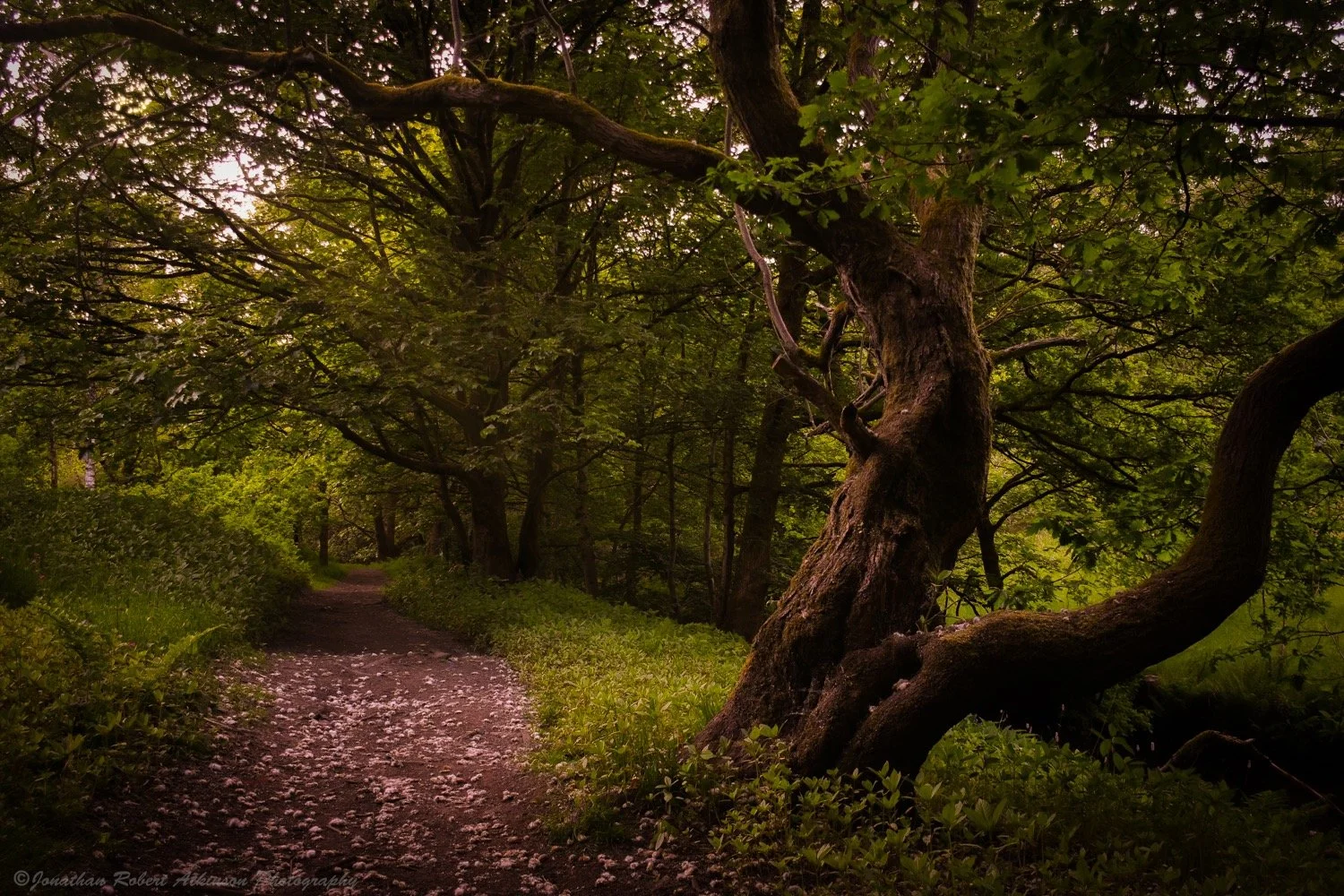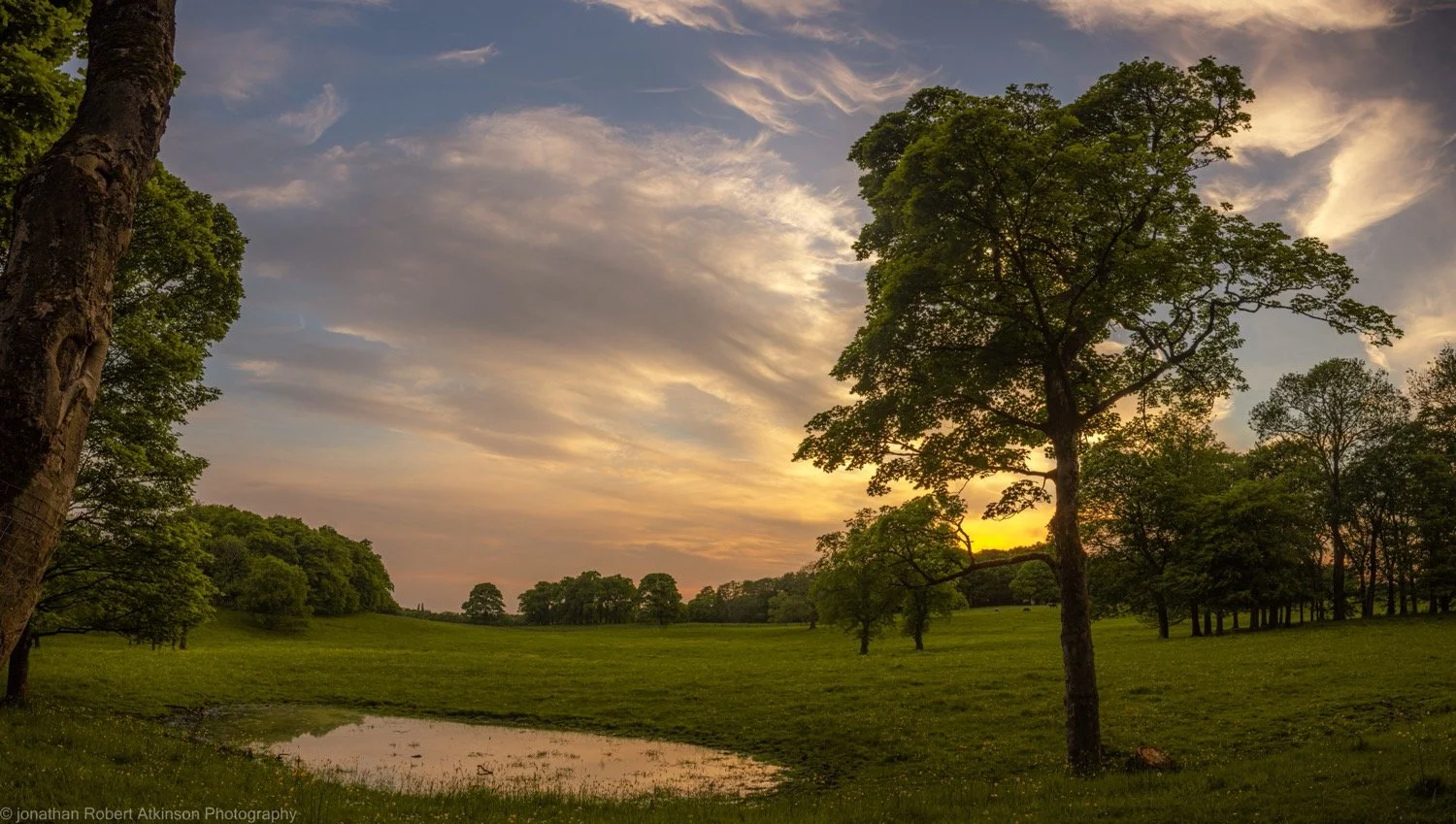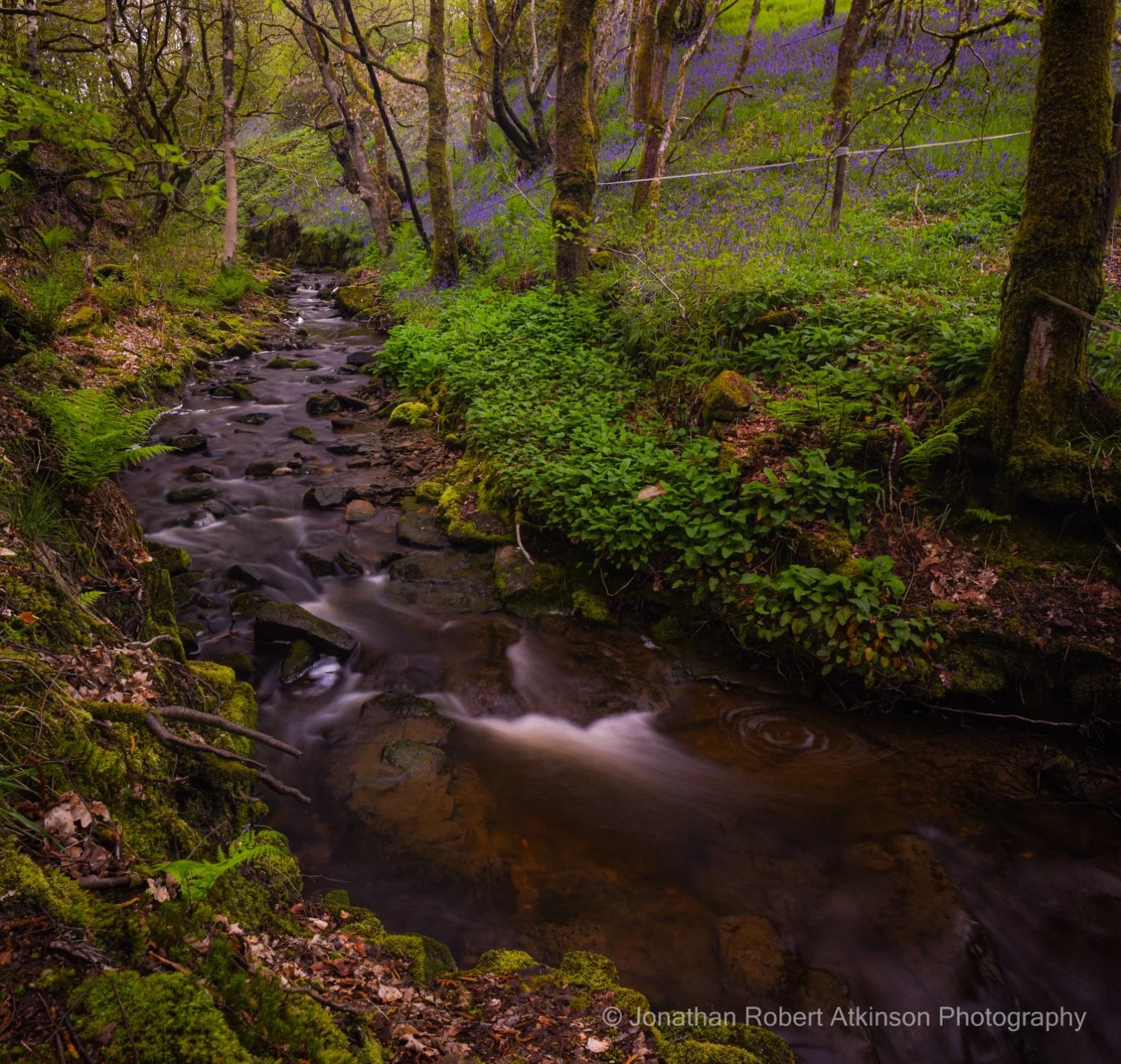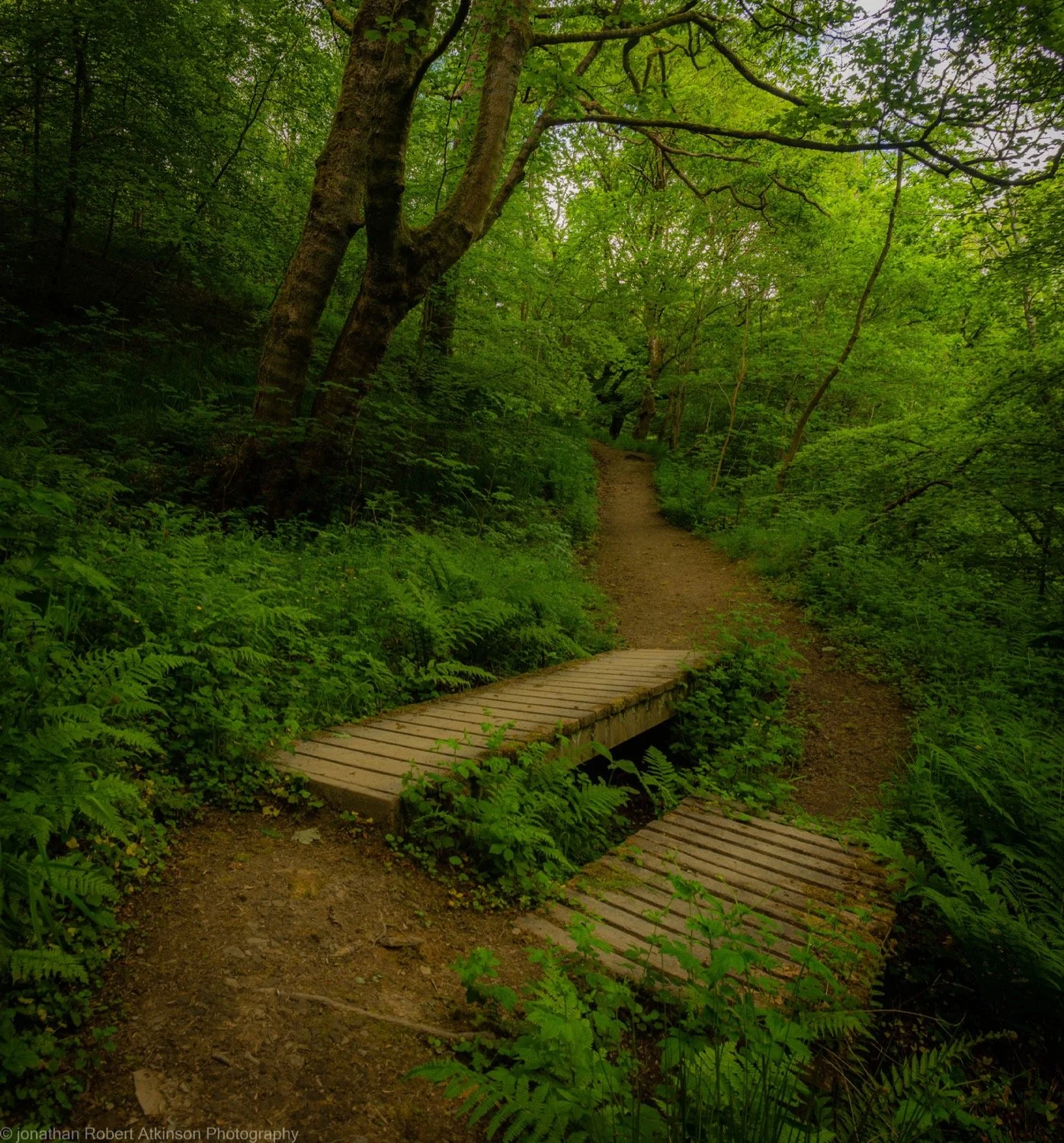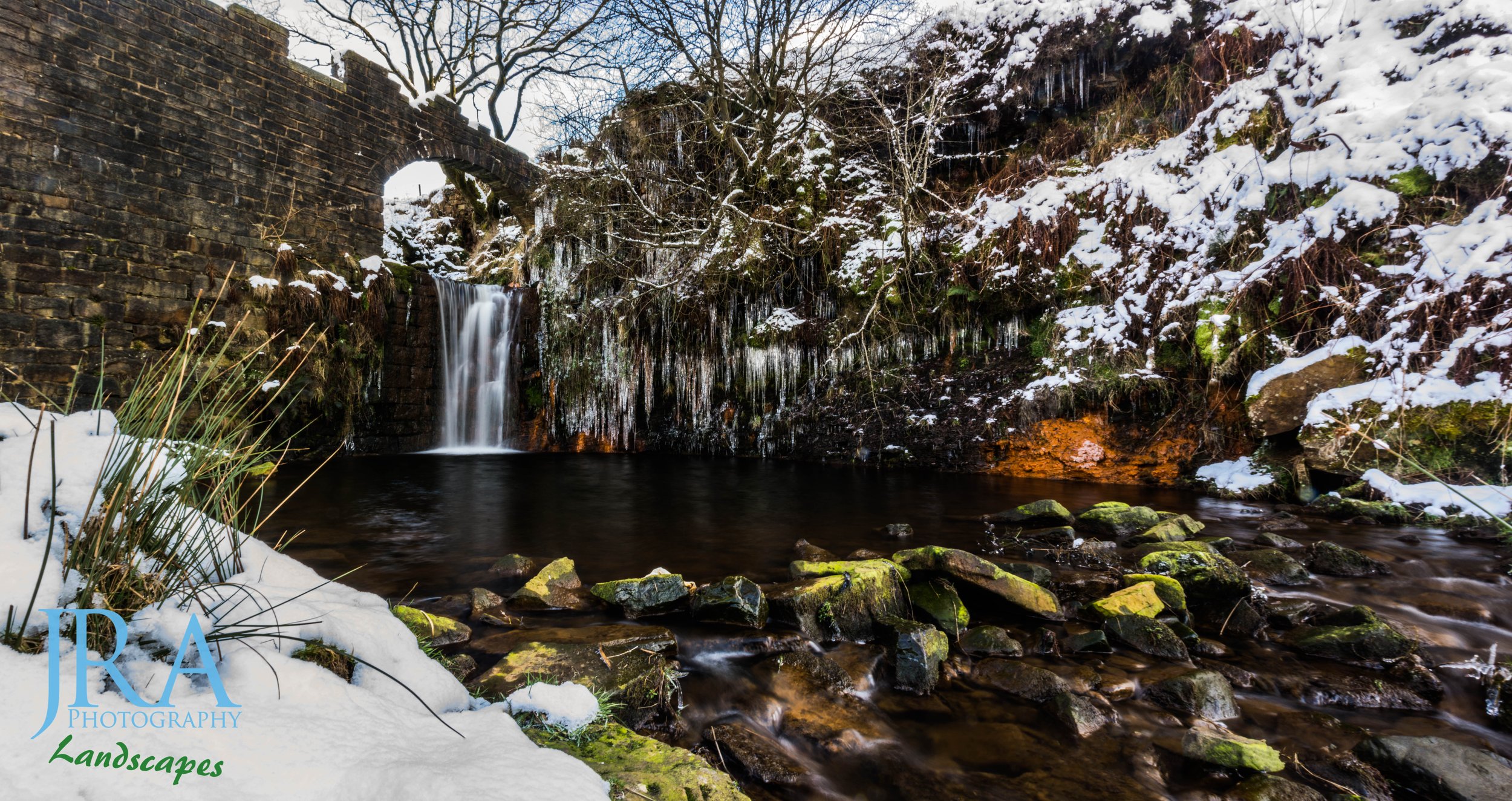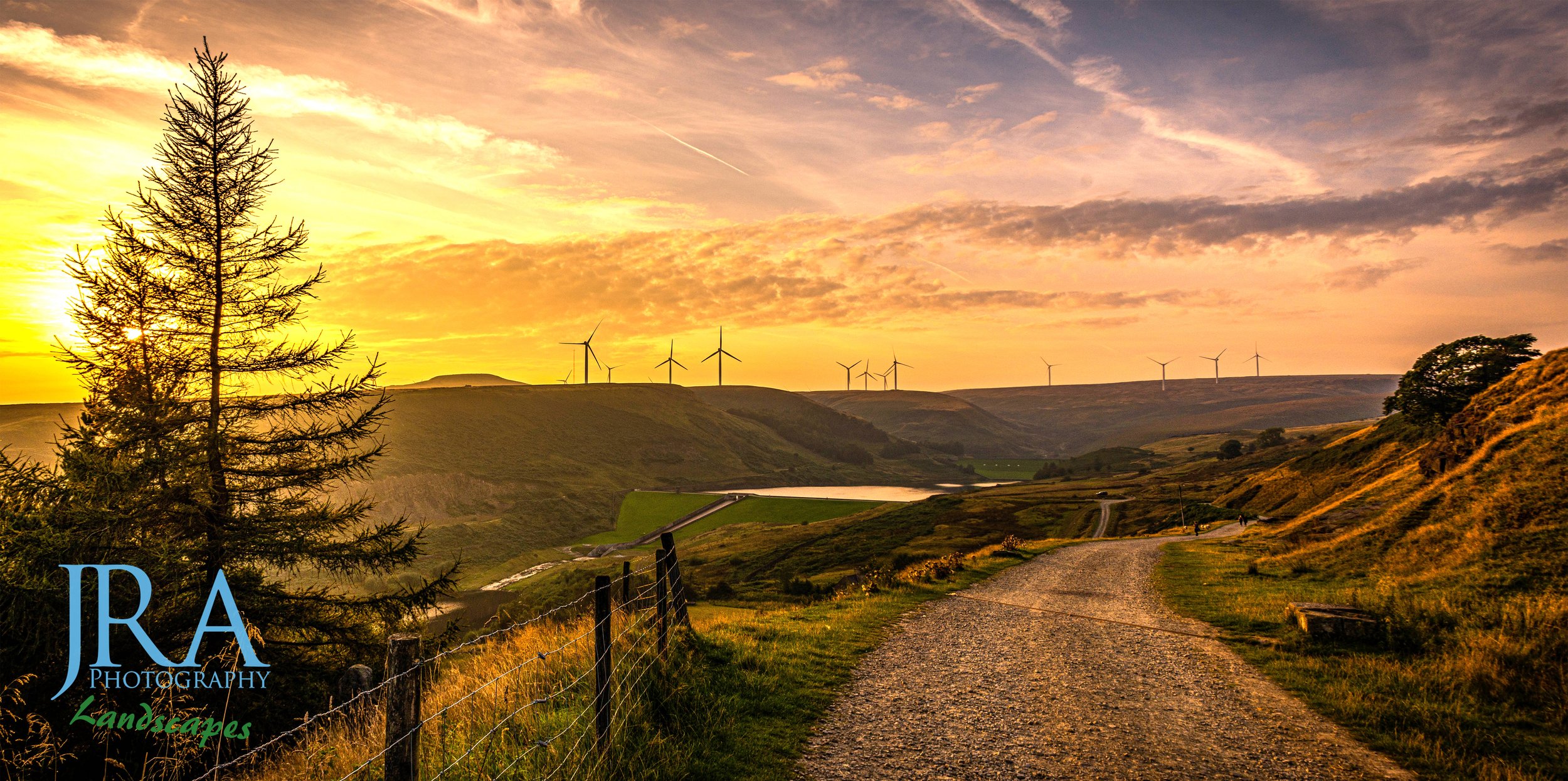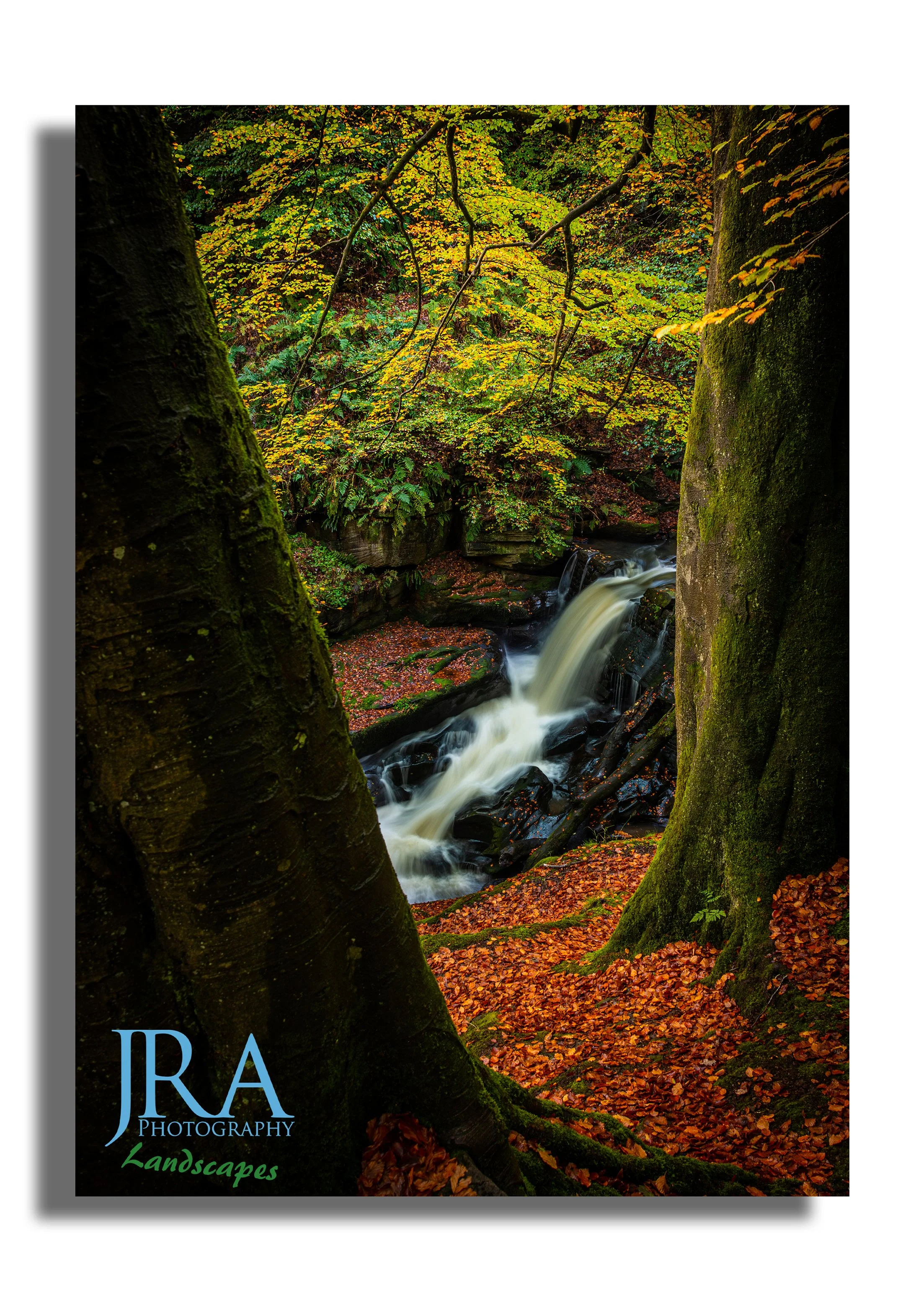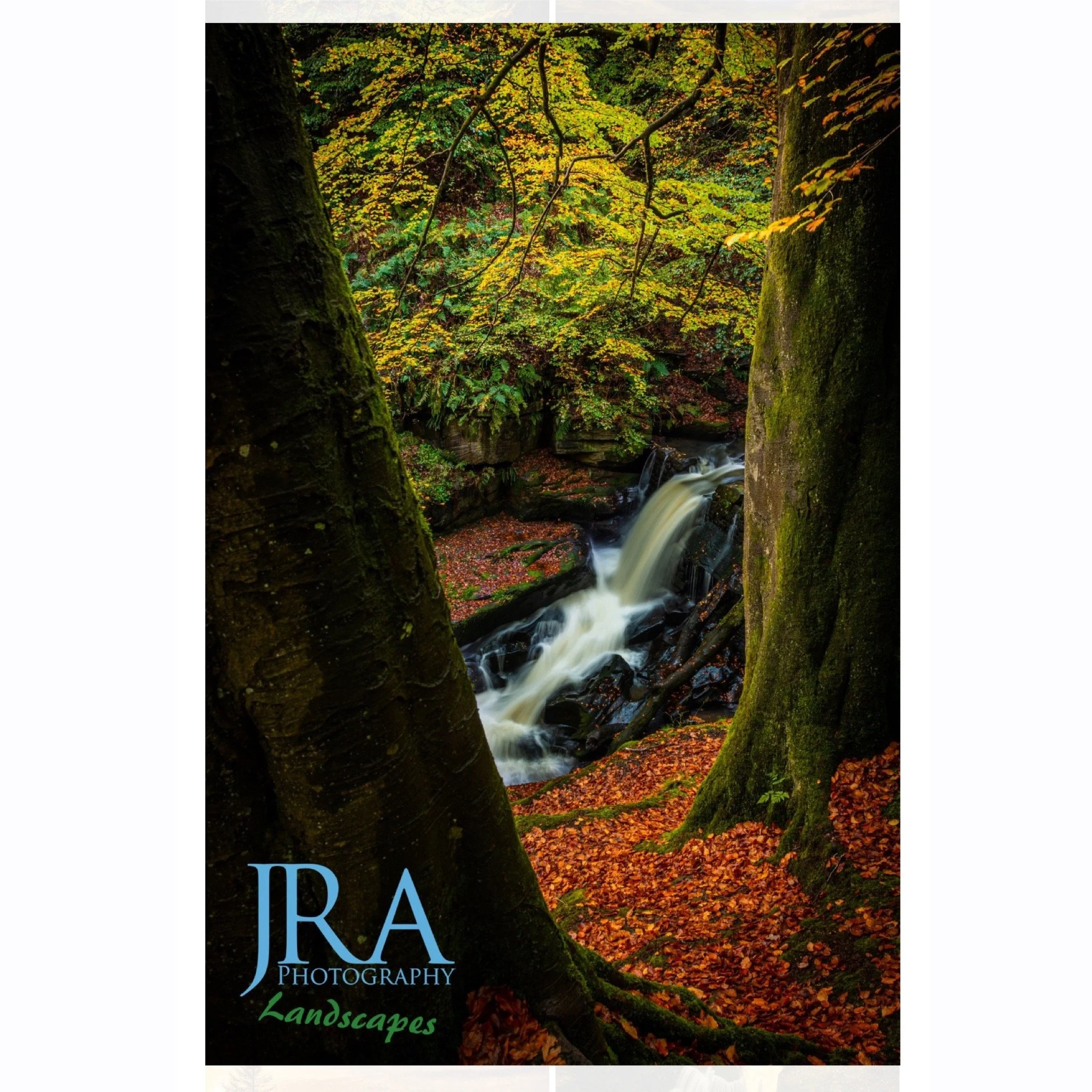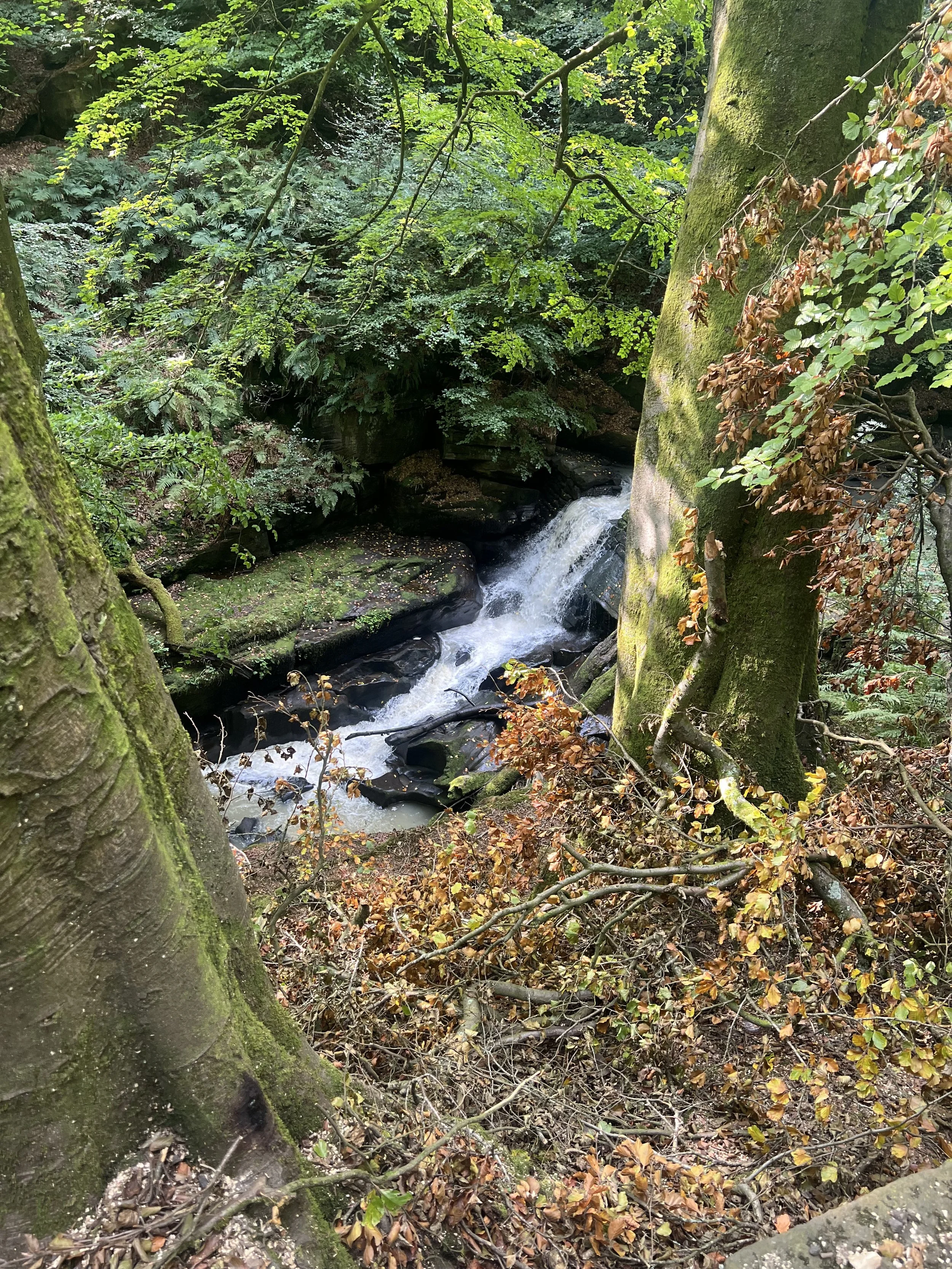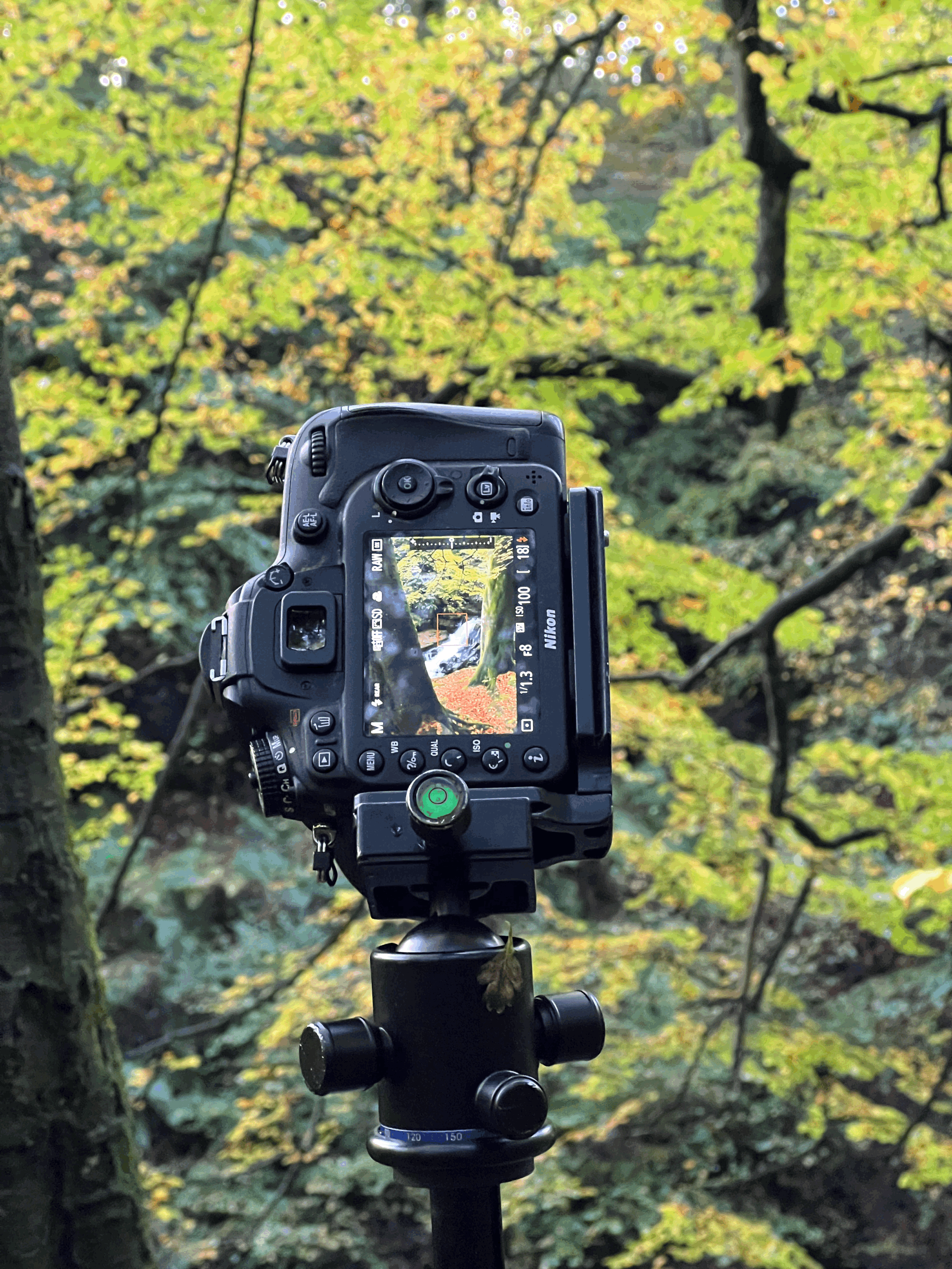Blog
Becoming a white van man…
Today 17th February 2025, I have completed the purchase of a 2019 Fiat Ducato, despite one small detail…i don’t have a drivers license.
To answer your first thought, yes it is highly likely I am an idiot of epic proportions but i have my reasons.
This is something i have considered for a while. I have been shooting around Rochdale for almost 15 years now.
In that time my photography has changed. Dare i say improved a bit. Below i have the perfect showcase. 2 images of the same tree 8 years apart.
14th March 2016
21st October 2024
I would say compositionally the images are all but identical. The difference? The timing. My eye could see an image was there, I could sense it in the photo-force, I just didn’t have the patience to ask why now? Could this be better another day?
Like Luke Skywalker rushing to fight Vader it didn’t really work out…luckily for me people don’t tend to lose hands for taking bad pictures….that i know of anyway.
Obviously i went back again and again, and it still wasn’t right….but now i knew it wasn’t. I knew the images needed something. Like Luke after my defeat, I was more mindful. I trained. Followed more and more photographers online like Thomas Heaton, Gavin Hardcastle, Henry Turner, Nigel Danson and seeing the work of more local photographers like Ian Lord, Zybsiu Rodak and Ste Walton. Listened to more podcasts than i care to remember.
I hope my work has improved. This leads me to my next reason: Been there, done that.
See, after nearly 15 years of shooting the same places over and over… things get blah. Eventually, you take the camera out less and less. And when you do, you struggle to find a composition you haven’t already shot six or eight times.
This led me to one conclusion—I need to shoot beyond Rochdale.
Problem 1: I can’t drive.
Problem 2: I don’t have a vehicle.
Problem 3: My DIY skills are about as good as a fish climbing a tree.
Solution 1: The obvious but most difficult step—passing my driving test. No way around it, really.
I could try using public transport to get around, but I don’t see that as a long-term option. I really need to learn to drive at some point, and I can’t keep postponing it with a “next month I’ll look at it again” mindset.
Solution 2: Buy a vehicle.
A much simpler step… so I did. I could have chosen something smaller and more “practical,” but I believe one man’s practical is another’s impractical. For context, as a kid, my parents owned caravans, and we’d go caravanning fairly regularly—Wales, the Lake District, the South Coast once or twice. There’s a level of familiarity to it for me.
Of course, a full-blown caravan is overkill and a bit unnecessary. Having a separate car and caravan also lacks the flexibility of a van. A van can be parked almost anywhere, provided it’s safe, whereas caravans need specialist sites due to their size.
Of course Motorhomes or roamahomes where an option. However…wheres the fun in that?
Solution 3: Climb a tree… I think?
After weeks of searching, I found a van that I believe will do the trick—a 2019 Fiat Ducato.
It was a former electrician’s fleet van, complete with shelving units galore and even a sink unit. All of this had to go before any camper conversion could begin.
Day One: The Tear-Down Begins
AirPods in, Africa by Toto playing, drill in hand—my dad and I got to work dismantling the interior.
As I tore down the shelving, I also checked the electrical setup, making sure everything that powered the sink pump—likely hidden under the flooring—was safe.
It didn’t take long before one side of the shelving was almost entirely gone. I tried to salvage as much wood and as many screws as possible… well, correction: I refrained from destroying them wherepossible. Got to do things properly and reuse what I can later in the project.
Once I had removed the final screws that cooperated, I went back inside and very professionally took out the last remaining board at the bottom of the shelving. Okay… I may have just booted it out, but it worked fine! A bit of silicone removal, and that was it.
By the end of Day One, only the wiring behind the side ply and the wheel arch cover remained. One side was pretty much done—a solid start!
Tomorrow’s weather looks overcast, so I’ll be tackling the other side next.
Update-the next update on this will be in vlog form.
I will post the video here, also on my youtube channel which i will link here-
https://www.youtube.com/@JRAPhotographylandscapes
A Photographer’s style.
10 years ago I was just starting out on a Photography course at University. One of the main tenants was as photographers we need to find and develop our style. Our voice. We should be inspired by our fellow photographers, avoid copying at all costs.
Now 19-year-old Jonathan was somewhat perplexed, Not about the no copying part, that was easy I barely knew any other photographers at the time, But what defined a photographer's style? And I have wrangled with this for some time and it would be fair to say I am still not ‘certain’ even today.
As far as I was concerned I was shooting what I wanted too, I saw something cool or something I had a cool idea for I shot it. The shots below were taken in November 2014 in my first year in university, My tutor was a man by the name of John, John is a landscape photographer who uses traditional methods such as wet plate to create images and also shot medium format.
Early on John was teaching us multiple facets of landscape photography such as compositional techniques and post-processing techniques, He asked the class to produce images that we liked and to use our new compositional and post-processing techniques.


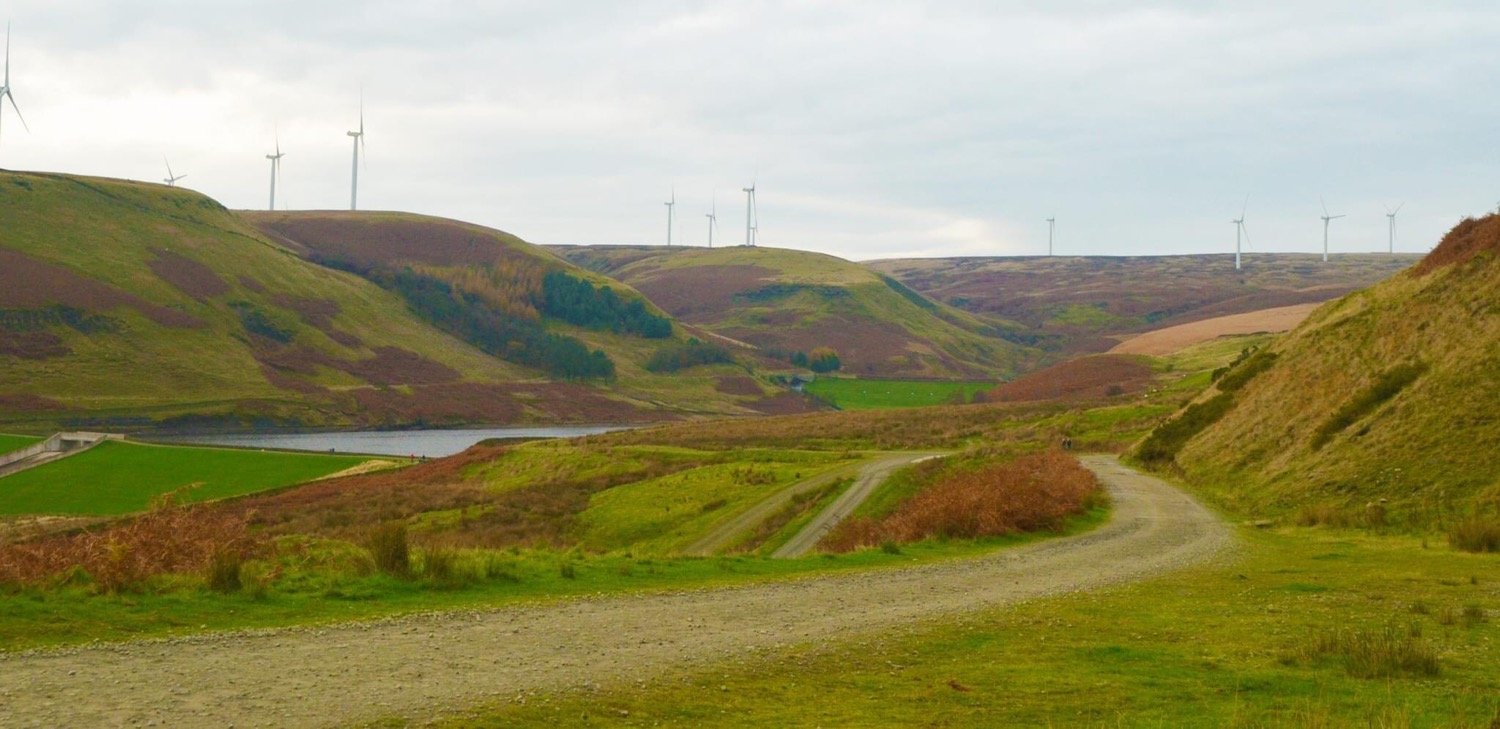
It would be fair to say John‘s response to these shots was a mixed bag. Compositionally there were fine, not good but fine, but I had gone way too far in the post-processing. At the time you can imagine 19 years old me was a bit miffed with John’s assessment....you will be glad to hear 28 years old me thinks John was bang on. Although knowing John he would probably say 28 year old me is still over editing and he‘s probably right...again...
Ironically maybe I should have taken a leaf from my only real previous landscape image that I personally viewed as being a good image.
A year prior in March of 2013 while in college studying a side photography course to my media production course had taken my first landscape photo where my intention was to take a landscape photo.
Cheesden Lumb mill
Now to be fair to 18-year-old me, My understanding of photography and certain concepts within it were still very embryonic. Over time I discovered more techniques and tested ideas, found other photographers work such as the likes of Thomas Heaton, Nick Page, and Gavin Hardcastle plus many more from YouTube and elsewhere, I also found the work of a photographer called Paul Harrison who’s website I found while researching while in one of John‘s lessons. My understanding of exposure, ISO, Composition, using ND Filters, Panoramic stitching, and my overall use of editing software has improved.
I am starting to believe that a photographer’s style is achieved in 3 ways. One is the way images look. The subject, the composition. The second is the technical techniques they use.
The image below was taken on 4th June 2021. This image is perfect for showing how one technical technique can be used to help show a few compositional techniques which create depth within an image.
The image gets its perception of depth in 2 ways. One, use of foreground with the large tree which dominates the right-hand side of the image and Two, Use of leading lines which are created by the edges of the path leading past the tree and becoming smaller. The Tree gives us a reference point for scale in terms of size which is something I have only recently started doing, the path adds the true feel of depth as it narrows off as it goes further into the image. This isn’t the first time I have used this technique.
Flanked by Heather was taken on the 17th of August 2020. During the pandemic lockdown. While the pandemic had put my regular job on hold it did mean I had more chances to get out and shoot sunsets for my daily walk of course and I wasn’t going to miss the opportunity.
I made my way the mile or so through Norden village and up to Scout moor. The weather had been rather changeable all day and they went from overcast to broken cloud to clear then back to overcast all day. I set off hoping for a sunset knowing it was a coin flip's chance of getting one. The main reason I went up was the heather had bloomed and I wanted that shot. After a bit of scouting around the moor and following little pathways I eventually found a spot where the heather was abundant on both sides of the path and with the path leading perfectly up the Knowl Hill. Heather added the size scale for the foreground while the path did the rest.
Now don’t get me wrong you don’t necessarily need both foreground and leading lines to create depth. Both are perfectly capable of creating depth on their own In the right condition.
Norden Road at sunset uses a scale. The tree in the foreground is the largest object in the frame and one of the closest in the camera giving the viewer a reference point for the size for trees in the far side of the field showing depth.
River by the Bluebells uses leading lines as a technique to add a sense of depth.
Leading lines are a technique that is designed to guide a viewer's eye into an image. Perfect for creating depth. In River by the bluebell, the river acts as the leading line, leading the viewer's eye into the image right along with the bluebells on the right-hand side of the image of the opposite river bank. Much like the paths in the 2 earlier images, the river becomes smaller the further back it goes giving the image a sense of depth.
Path through Carr woods is a 2 vertical shot panoramic image using a wide-angle lens. Panoramic images is another technically technique I personally like to use. Over the last few years a large majority of my landscape images have been made a pano's. Pano's allow a photographer to fit more into a single image. The more you can fit in a frame the more story you can tell. To me if feels more like how we see the world and the wider an image the more to explore. However you can go to wide.
To be honest I don’t ever remember how many shots this pano was or how long it too to stitch but it I regret it. It’s too thin to truely see anything and nothing has any scale to it. The sweet spot seems to be between 2 and 5 vertical shots. this creates images that give a great almost cinematic effect. For example the image below is a 5 shot pan.
This 5 shot pano sits in a comfort zone which personally I like. The image above is fairly wide showing the river flowing away and the icicle covered back wall while showing a decent amount of the old mill’s wall. This helps tell the story of the location in a way that is actually viewable without being blown up to an unreasonable size.
Pano's are also a great way to make up for using a crop sensor or not having a wide enough angled lens. work smarted, not more expensively. After a while i realised I shoot more pano's than i shoot regular images. It's a pain when it comes for sizing images for sale.
earlier I told you how my work started To become influenced by other photographers who‘s work and ways of working I found on YouTube. Well more recently I took an image that had an influence from someone who wasn’t a photographer but a painter and probably the most famous modern landscape artist in Bob Ross And his happy little pine tree which are usually dominant in his such as the one in the image below.
A photographer’s style doesn’t happen over night, it’s not something they just have. It’s something that evolves and develops with them. After a while a you realise that you do have a style and once you do finding images become easier.
Chasing Colour: The Magic of Autumn Landscapes
Autumn. Fall. The season of harvest.
I can only assume autumn is known by this epithet mainly cause it’s when many landscape photographers harvest some beautiful images.
As October 2024 fades, I find myself reflecting on the timeless workplace question: “What’s your favorite season?” My answer is always autumn.
Autumn. Fall. The season of harvest.
I can only assume autumn is known by this epithet mainly because it’s when many landscape photographers capture beautiful images.
It may surprise you to hear that it’s not a love for pumpkins or unreasonably priced pumpkin-flavored coffee, nor am I a fan of Halloween.
My Halloween costume is the same every year: “Man pretending not to be home.” In all seriousness, what really draws me to autumn is something simpler—the vibrant colours.
Half of the year’s seasons share a similar colour palette. Winter brings browns, with occasional whites and pale blues. Summer? It’s so green it could make the Hulk blush. Spring gets a pass with its pops of colour from new flowers.
But autumn? Autumn is a kaleidoscope—the yellows, reds, greens, and everything in between.
Light seems to partially pass through the leaves, backlighting them and making the differences in colours more pronounced. Forest canopies become works of art unto themselves. The final days and weeks of leaves that were lush green mere weeks ago now turn shades of brown, orange, and yellow, with a few hardier green leaves remaining, making the once-mundane cliff face below a far more appealing view. But this is only the beginning.
However, don’t get too distracted by the canopies above. It’s best to follow the advice of Auntie Mabel and Pippin the dog from Come Outside—look up, look down, look all around. But why? Well, I’ll show you.
Sometimes the leaves from trees create a carpet of red leading down the scene to a beautiful waterfall.
The best part is, it’s not just the trees getting all fired up (which, thankfully, isn’t literal for the wood!). Many bushes and low-lying plants change, too. The shot below, Fiery Ferns, taken in early October this year, perfectly captures this transformation. The ferns have shifted from their usual green to vibrant shades of yellow and red.
The yearly “great dying” of flora creates an explosion of colour everywhere.
In short, autumn makes for unforgettable photos.
Time and change.
Something I’ve come to realise over recent years in my landscape photography is that locations aren’t forever.
I could write a long stream of text… or I could just show you.
‘Between the Trees’ is an autumnal shot I took in 2022. This shot is my personal favourite (don’t tell the others, shhh).
I just love the rich red colour of the leaves, the green trunks, and the yellow, green, and orange leaves above, all surrounding a waterfall cascading over black rocks peppered with those red leaves.
Last weekend, I returned to Healey Dell for the first time in a while, hoping for some autumnal colours like before. It turned out the leaves hadn’t quite turned yet. Then I found… this:
I suppose the leaves are still on the floor… along with the branches and half the tree.
To be fair, a tree had fallen from above my position. In fact, the railing in front of this area was badly bent out of shape and temporarily replaced by that plastic tape they use to cordon things off.
This isn’t the first time a fallen tree has affected a previous location. I’ve encountered the same in Carr Woods and Cheesden Lumb Mill before, and I doubt it will be the last time nature of even humans affect a location.
But I suppose that’s just part of time passing. Nothing lasts forever. Even stars perish eventually.
However, as photographers, that’s why we shoot: we capture a moment in time, preserving it in pixels and ink—an instance that has never been before and will never be again.
Well, the plan to avoid writing a text wall didn’t quite work… ah well. Hopefully see you next month.
Introductions,
Welcome to JRA Photography Landscapes
Hello! I’m Jonathan Atkinson, and I’m thrilled to share my passion for landscape photography with you. My journey in photography began over a decade ago, dabbling in various forms from weddings to product shots. However, it was the allure of landscapes that captured my heart and soul.
I have mainly shot landscapes since 2013 when I was in my first year of college, studying Media Production and Studies. In high school, I made video essays in a news program format, but unfortunately, those videos were lost to years of hard-drive changes. R.I.P. school report on ethnic representations in crime dramas. As you can see in the screen grab below, pure cinema. shot with the same camera used for Loch Ness monster sightings.
A Journey Through Time.
My first intentional landscape shot was at Cheesden Lumb Mill, a place that’s close to my heart. Equipped with my Nikon D5100, I braved the cold March morning with my dad, find our way through the farmers field making our way to the location of the waterfall flowing from the remnants from a Victorian paper mill. This moment marked the beginning of my dedicated pursuit of landscape photography.
Cheesdon Lumb Mill
Fast forward to today, and I’m excited to showcase my growth and the beauty I’ve captured along the way. Each photograph tells a story, from the chill of my first shoot to the serene landscapes I now explore with ease.
A New Chapter,
People often say, “Do something you love, and you’ll never work a day in your life.” That’s precisely how I feel about my landscape work. Even as I write this on a Sunday evening, it feels like a joy rather than a chore. After years of balancing event photography with my day job, I’m now cutting away the events to be more immersed in landscape photography, and I couldn’t be happier.
behind the lens for "Golden Autumn in Healey Dell"
Looking Forward
I’m looking forward to adding more stunning images to my gallery and sharing my journey with you. This blog is the best place to stay updated with my latest work and future endeavors.
Thank you for joining me on this adventure. Feel free to explore my gallery, Check out my socials, and don’t hesitate to reach out if you have any questions or comments.

